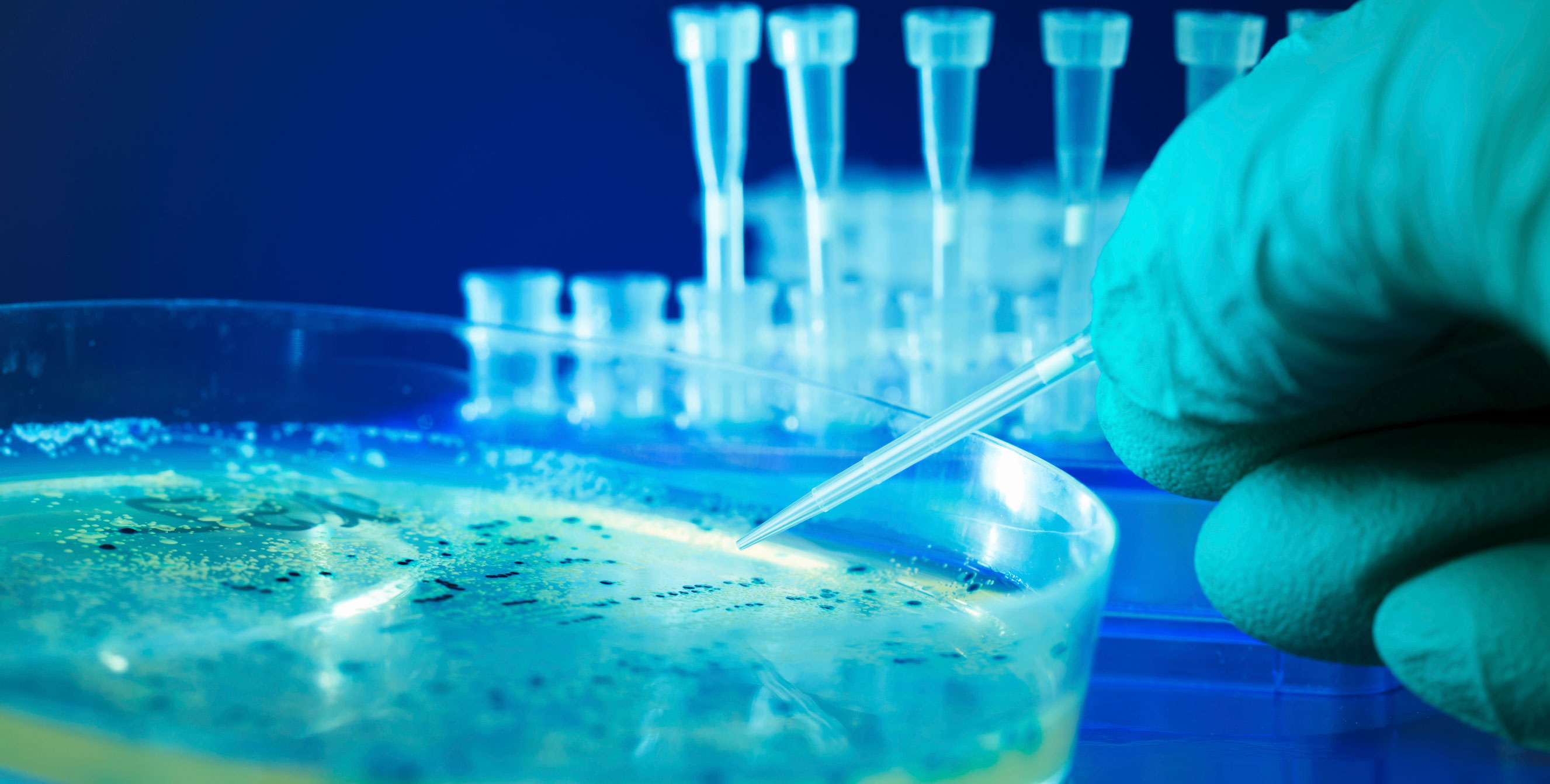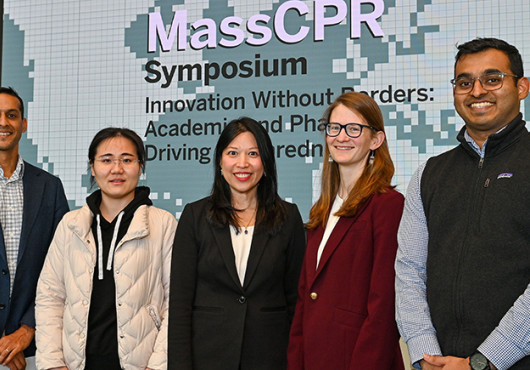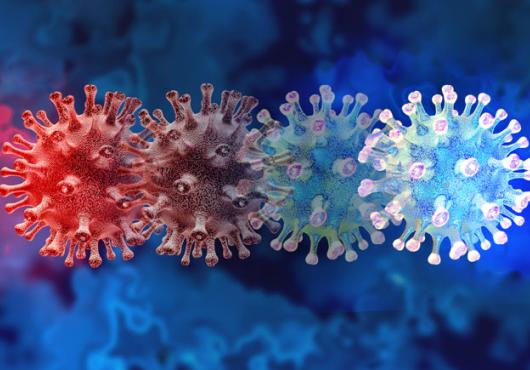
Image: iStock
This article is part of Harvard Medical School’s continuing coverage of medicine, biomedical research, medical education and policy related to the SARS-CoV-2 pandemic and the disease COVID-19.
To understand how any given disease affects the body, scientists need a wide array of tools. One of the most valuable and indispensable instruments in their toolkit are clinical samples—small amounts of blood, urine, mucus, spit and tissue that can be used to study disease in a patient.
Now, a team led by Harvard Medical School and the Ragon Institute of MGH, MIT and Harvard has collected samples from more than 400 COVID-19 patients in seven weeks, which are being shared with scientists across Boston-area hospitals and research institutes, informing research on COVID-19, from therapeutics to vaccine development to studies on immune response.
For COVID-19, a disease that often has an unpredictable course, an incredible ability to infect, and an unusual immune response, the need for clinical samples has grown rapidly as the pandemic has spread. Samples may hold the key to understanding and containing the COVID-19 pandemic.
Hidden in immune cells circulating in the blood or in proteins that are shed in urine, the information found in clinical samples may lead the way to understanding the disease course, identifying effective vaccines and therapies and revealing how the medical community can lessen the virus’s grip on the world.
The team gathering the samples, led by Ragon Institute group leader Xu Yu and Jonathan Li, director of the Harvard/Brigham and Women’s Virology Specialty Laboratory, responded by developing a plan to collect clinical samples for the Massachusetts Consortium on Pathogen Readiness (MassCPR), a massive collaboration of researchers and clinicians from across the Greater Boston area.
Yu and Li worked closely with HMS faculty members Bruce Walker, Arlene Sharpe, Katrina Armstrong and Lindsey Baden, along with MassCPR leadership, to create the biorepository of samples. Yu is also an associate professor of medicine at HMS and Massachusetts General Hospital, and Li is an assistant professor of medicine at HMS and Brigham and Women’s Hospital.
Their work was supported by donations from Mark and Lisa Schwartz and Enid Schwartz, provided at the beginning of the pandemic in recognition of the effort clinical sample collection would require in the midst of difficult circumstances.
“This has been the most challenging environment for clinical and translational research that I have ever encountered, but it’s also brought out the best in people,” Li said. “I’ve been amazed at what the team has accomplished in such a short period of time, overcoming hurdle after hurdle. I couldn’t be prouder of our work.”
Demanding process
Collecting clinical samples is demanding in the best of times. Researchers must identify what types of specimens will be most useful, determine the best ways to process and store samples and find people willing and eligible to participate in research. In this case, samples included blood, respiratory secretions, urine and stool.
Collecting samples requires careful planning and forethought, a deep understanding of the scientific process and the pressing research questions as well as a trained and dedicated team. The coronavirus pandemic made everything more daunting than usual.
But the challenges are worth it, according to researchers. Within the samples donated by COVID-19 patients, health care workers and community members is a wealth of information about SARS-CoV-2 and the disease it causes.
Yu and Li knew that work during the pandemic on COVID-19 itself would require innovations and changes throughout the entire collection process. Their first step was to work with MassCPR, Mass General and Ragon Institute leadership to establish a single collection process, one consent form and one central repository for all samples.
This centralization reduced pressure on the entire system, making it easier to collect and share information, samples, observations and results.
They also relied on technology to enroll people in the study, using phones and iPads to virtually connect researchers with eligible participants, keeping the clinical staff safe from potential infection.
The researchers also deepened collaborations with medical staff who were able to incorporate sample collection into standard care, including setting up research collection stations at outpatient respiratory infection clinics.
These steps ensured that no extra personal protective equipment (PPE) was required to obtain consent from patients or to collect the samples, conserving health care workers’ masks, gloves and other PPE.
Finally, the team had to redesign the sample processing and storage parameters to protect researchers working on the project. Researchers were given masks and worked in clearly defined shifts, allowing them to maintain recommended physical distances. They were provided bicycles to commute to work without having to use public transit.
Overall staffing increased, though the number of staff in the lab at any given time decreased, and researchers were divided into subteams. This allowed any staff who tested positive or developed symptoms suggestive of COVID-19 to quarantine themselves while preserving the ability of the team to continue processing samples.
This successful effort was possible only because of the people who make up this team, said Yu and Li.
“I would really like to emphasize that this truly is teamwork and would have not been possible without an incredible group of people, from our clinical teams to our lab members to our donors,” Yu said.
“I would especially like to sincerely thank all the study participants and their families for their selfless support of scientific research and for their belief in us.”
Yu and Li would like to acknowledge and thank their team of clinical and research staff for their hard work and dedication: Daniel Worrall, Kathy Hall, Sarah Luthern, Michael Dougan, Andrea Edlow, Alicja Piechocka-Trocha, Corrie Martin, Musie Ghebremichael, Raja Nakka, Francoise Giguel, Edward DeMers, Kelly Judge, Kristina Lefteri, Susan Slaugenhaupt, Keith Flaherty, Andrew Chan, Daniel Kuritzkes, Athe Tsibris, Francisco Marty, Martha Jones, Elizabeth Hohmann, Jesse Ripton, all the members and volunteers at the Mass General Translational and Clinical Research Center, the Ragon Institute Clinical Platform, Brigham and Women’s Center for Clinical Investigation, the Ragon Institute Processing Laboratory, the Harvard/Brigham and Women’s Virology Specialty Laboratory, the ACTG Processing Laboratory and Partners Institutional Review Board.





